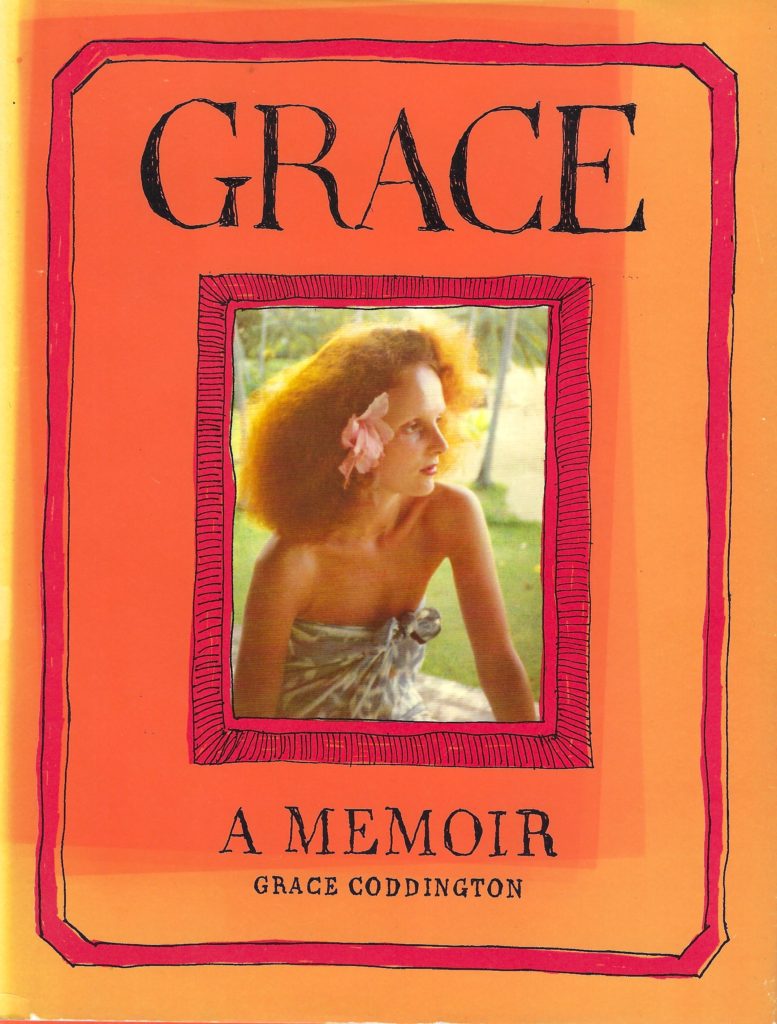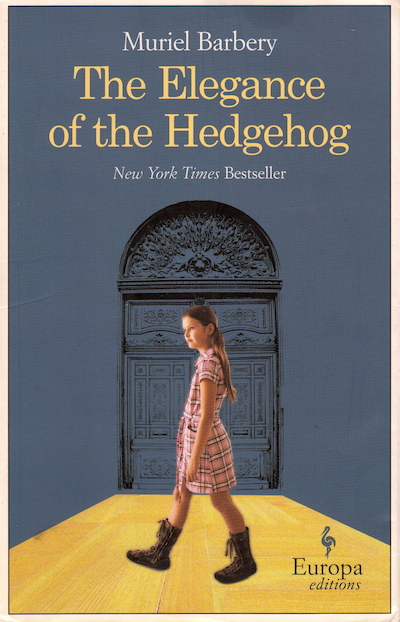
There’s a temporary Monet exhibit at the Deyoung museum through Memorial Day weekend. It focuses on his later years, which I associate with the Water Lilies paintings that are kept in the l’Orangerie museum in Paris. They are not my favorite, honestly. They are impressive in size, but are otherwise just shades of pastel colors that I don’t find especially interesting.
What I’m saying: I went to the Late Monet exhibit because I wanted to see the art, but I wasn’t going to get my hopes up too much.
But I ended up enjoying it more than I thought I would. Why? Well….

I don’t think of Monet and Van Gogh as being painters who were particularly similar. But this painting above (and there were others in the exhibit)? May have changed my mind about that. The brushstrokes are similar, and the colors are brighter and more vivid than I remembered. There is a life to these paintings that I wasn’t expecting.

Monet, as always, kept up his habit of painting the same thing over and over again in different seasons and different lights. I always like seeing these paintings next to each other. You know that the one on the right was painted in the fall, whereas the one on the left might have been an early grey spring day.

And this painting of roses? I just liked this one. I like its unfinished edges, how light it is, and how it makes me think of the first really spring-y day of the year.
It’s worth your time if you can get to the Deyoung in the next couple of weeks.


